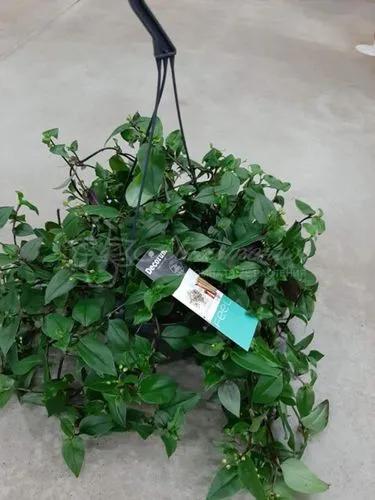Cape Marguerite's resistance to drought and showy flowers make it a favorite among gardeners. It is a beautiful addition to any garden and works well as a ground cover or a border plant.
Cape Marguerite Care
Osteospermum ecklonis



Cape Marguerites, scientifically known as Osteospermum ecklonis, are lovely, shrub-like perennials native to South Africa. They come in various colors, from white and yellow to pink and purple, its main identification features. These flowers resemble Shasta Daisies and have different species from around the world. These medium-sized plants grow up to 3 feet (90 cm) tall, making them great for mass planting.
How to Care for the Plant

Container

This plant can be grown in containers as well as in the ground. When growing in containers, use ceramic pots with plenty of drainage holes. Even though it's suitable for container growth, it's better to take it inside for winter.

Popularity

8,231 people already have this plant 1,367 people have added this plant to their wishlists
Discover more plants with the list below
Popular articles






